Details Add Up
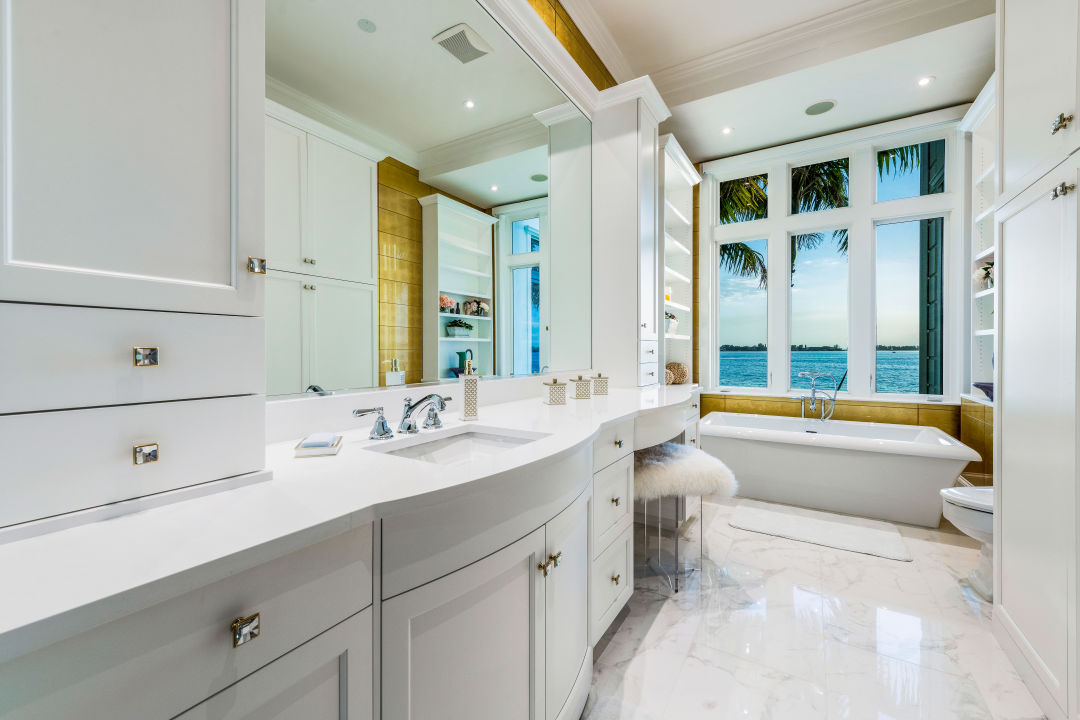
At its core, a cabinet is a simple construction: It’s a box that fits within the larger box of a room, which fits inside the even larger box of your home. But from that simple concept springs a wealth of variables in all shapes, sizes and options to suit your every cabinetry need. And each choice and adjustment can affect the cost in ways you may not anticipate.
The overall function of a cabinet dictates how and where you place it and what sorts of features will be inside of it: attached to the wall or the floor, with shelves or drawers or other inserts, utilizing left-to-right doors or no doors at all. Top-hinge doors alone can be 20 percent to 30 percent more expensive than standard manufactured doors with left and right hinges, simply due to the type of hinges required.
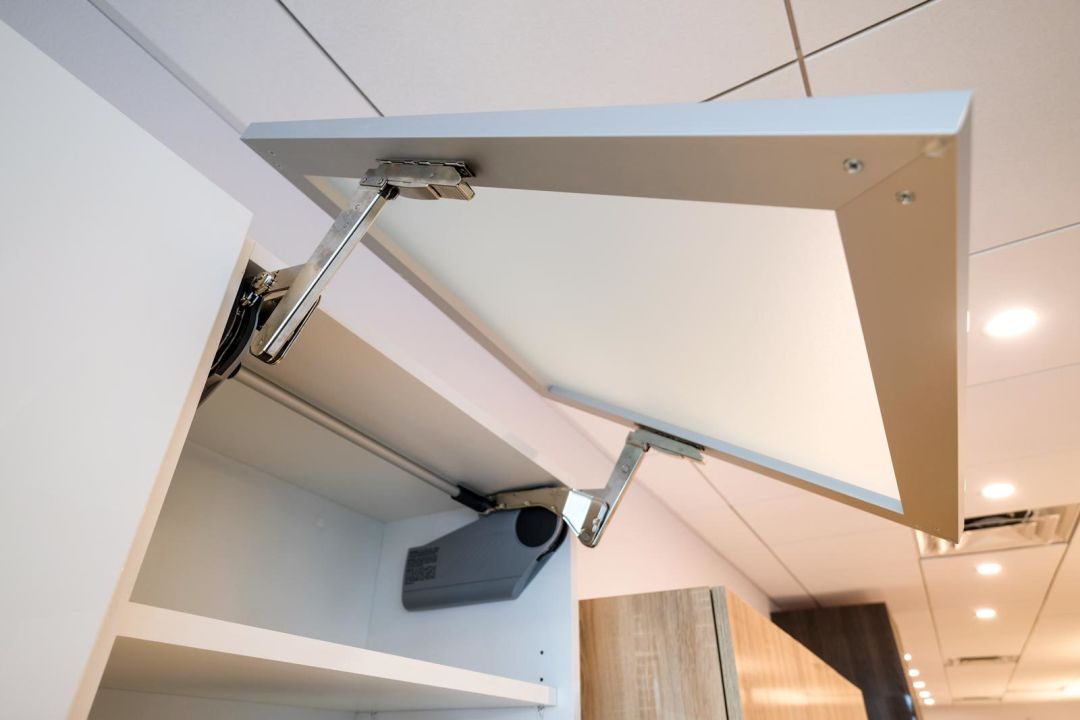
Within your cabinets, you can customize to your heart’s desire with clever details perfectly suited to the function you need. You might have specifically designed inserts to accommodate utensils or spices or other implements, whether your cabinet is to accommodate kitchen tools or medical supplies or hobby equipment. While these sorts of details can work organizational wonders, they represent an initial investment that affects the bottom line of your cabinetry project.
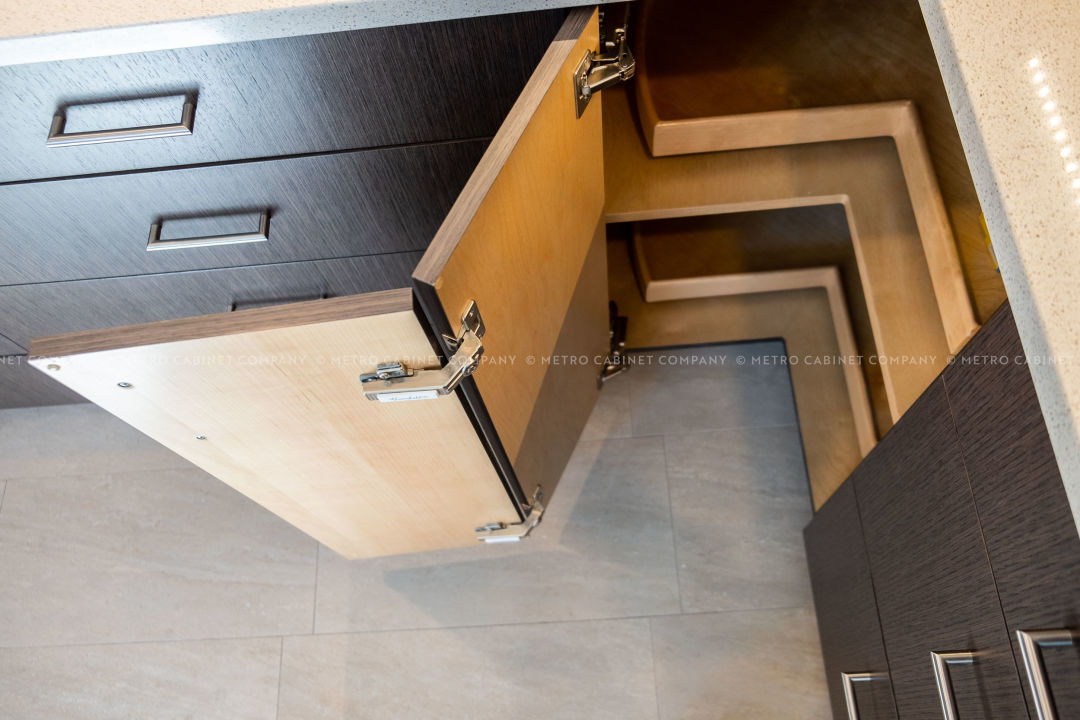
Today’s cabinetry innovations have virtually reinvented the concept of doors and drawers, establishing new potential for the basic six-sided box. Engineers have devised new and improved options for ease of movement, accessibility and special limitations. With newly reimagined designs, there are fully integrated top-hinging cabinet doors to work within a variety of spaces and functions: doors that swing up over the cabinet, that move up parallel to the space, and even space-saving bi-fold doors that bend in on themselves.
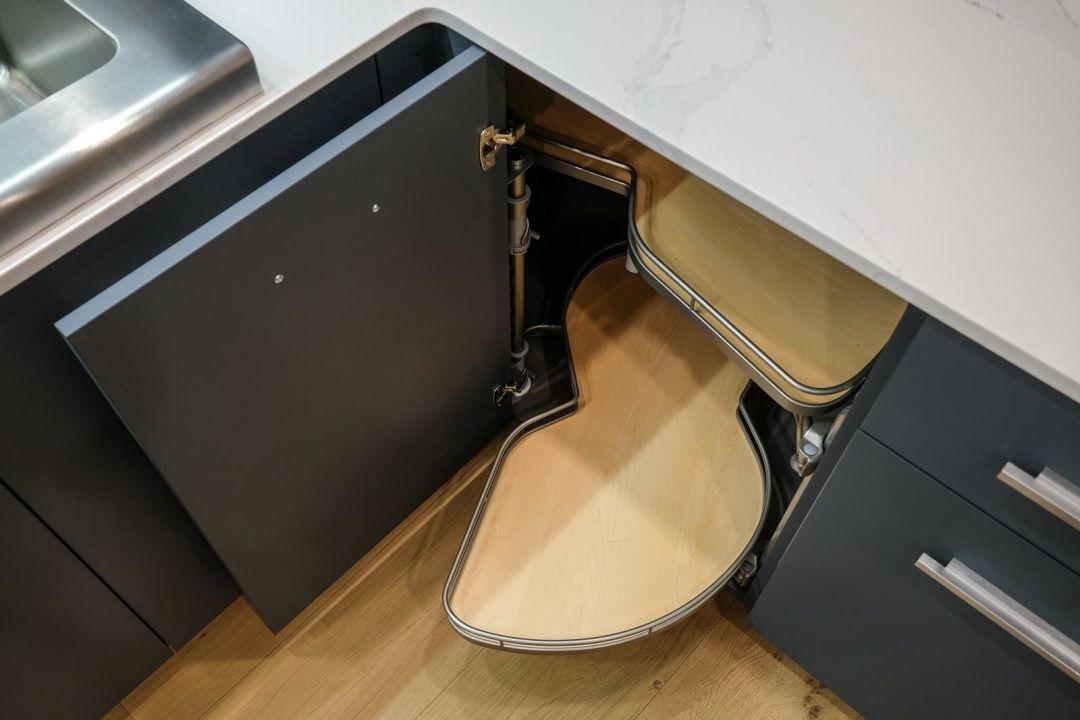
Innovated hardware for gliding drawers has created concealed runner technology that allows for smooth, easy opening and even larger, deeper drawers that can accommodate the weight of small appliances.
All of these innovations are a boon for modern homes—beautiful, traditional, streamlined appearances containing exceptional, state-of-the-art functionality—but such dream-worthy designs contain significant budgetary considerations. And with good reason: Today’s modern cabinets represent years of engineering work, on top of which you must account for material costs, including additional panels for every drawer and complex hardware that goes well beyond your basic hinge or glide.
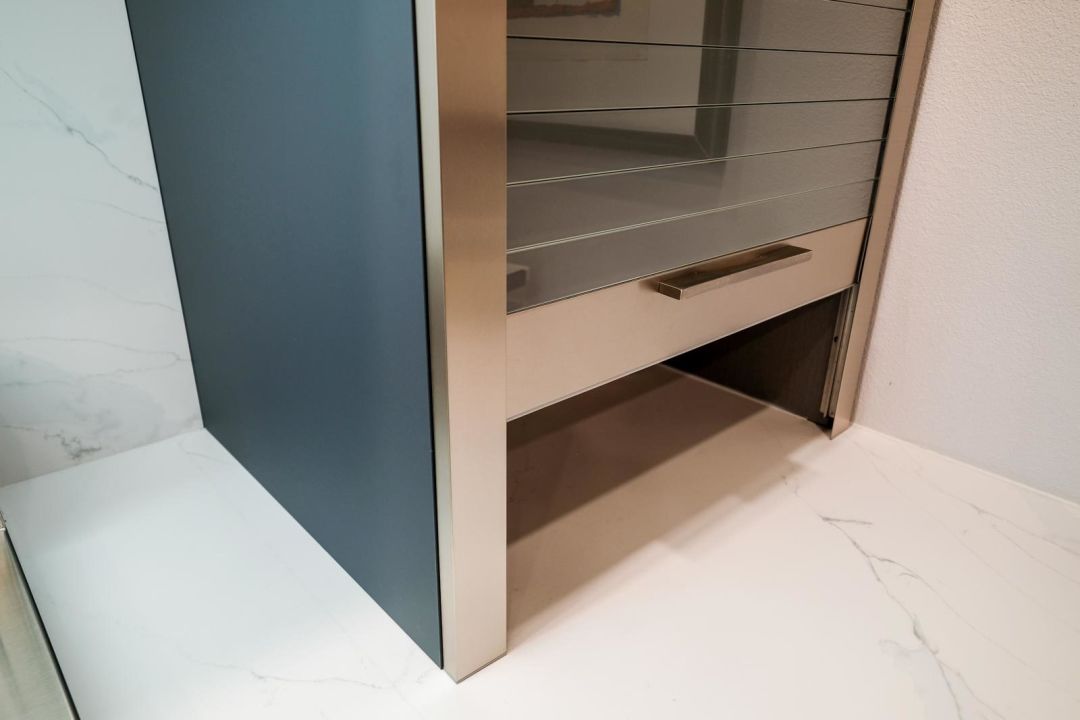
And once you’ve decided on materials, doors and inserts, then you have to take into account the preferred finish that suits your style and your space—and even then you’ve got options that can add up. Today’s market favors a white, high-gloss finish, for which costs can vary by 60 percent, from laying an acrylic sheet over MDF material or opting for lacquer paint, which requires a whole process of sanding and buffing.
Lastly, installation. Labor is a big portion of cost, especially when you have expert craftspeople doing an exceptional job on a custom design. I’m not a “cabinet-in, cabinet-out” kind of person. I fully engineer every job that we do, and I’m not going to degrade quality craftsmanship with shoddy installation. From the design to the material selection through the install, we make sure it’s done right.
Metro Cabinet Company
Address: 2095 Siesta Dr, Sarasota, FL 34239
Phone: (941) 377-8777
https://metrocabinetcompany.com/